Researchers mapping the seafloor off the coast of Tasmania captured the moment a meteor flew through the atmosphere as a fireball and then disintegrated over the ocean.
Get the latest international news and world events from around the world.
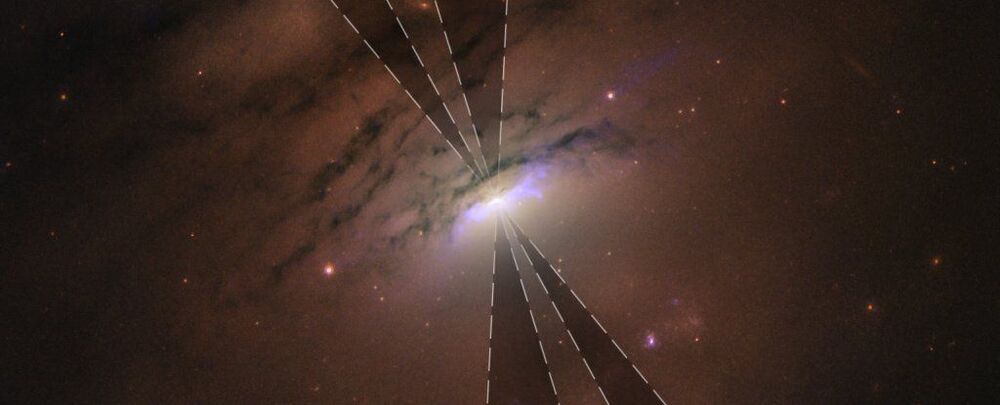
Hubble Captures a Black Hole’s ‘Shadow Beams’, Yawning Across Space
In images from the Hubble Space Telescope, scientists have spotted an entirely new phenomenon. Reaching tens of thousands of light-years into the void of space, vast shadows stretch from the centre of the galaxy IC 5063, as though something is blocking the bright light from therein.
You’ve probably seen something very like it before – bright beams from the Sun when it’s just below the horizon and clouds or mountains only partially block its light, known as crepuscular rays. According to astronomers, the shadows from IC 5063 could be something very similar. They’re just a whole lot bigger – at least 36,000 light-years in each direction.
IC 5063, a galaxy 156 million light-years away, is a Seyfert galaxy. This means it has an active nucleus; the supermassive black hole at its centre is busily guzzling down material from a dense accretion disc and torus of dust and gas around it.
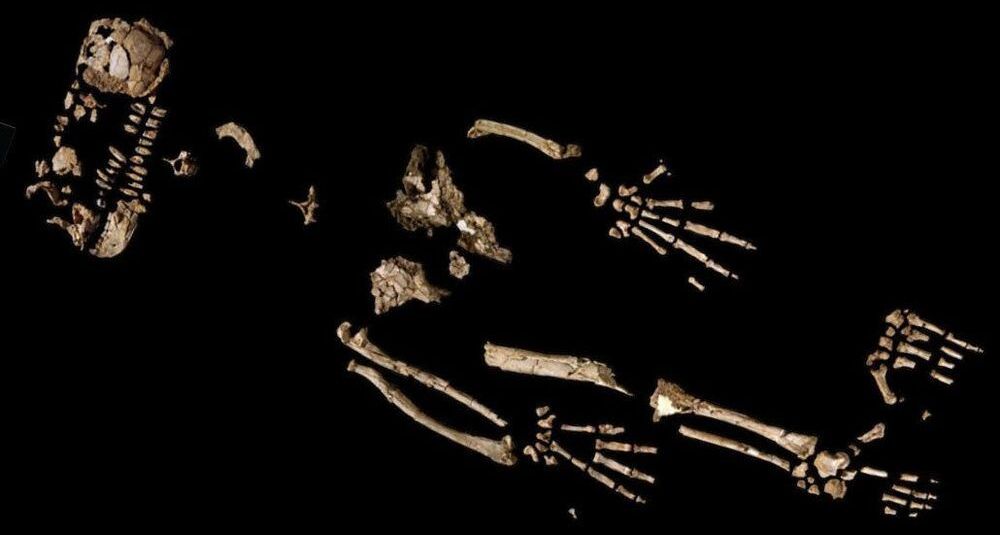
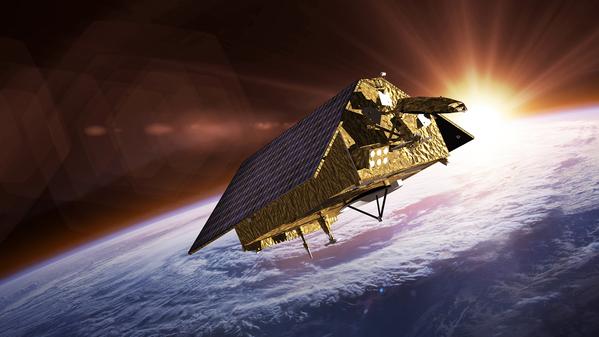
A ‘golden house’ is orbiting Earth! SpaceX launches NASA’s Sentinel-6 Michael Freilich satellite
A ‘golden house’ is orbiting Earth! SpaceX launched the unique spacecraft to orbit this morning. It is the Sentinel-6 Michael Freilich ocean observatory, named in honor of former Head of NASA’s Earth Science Division who passed away of cancer in August. The satellite will soon beam the most accurate information of Earth’s oceans which will help meterologists and scientists forecast weather events, like hurricanes, track climate change and rising sea levels. “At NASA, what we do is, we use the vantage point of space to get a global view of the Earth. And in this case, Sentinel-6 Michael Freilich is going to give us a global view of the sea surface height,” Karen St. Germain Director of NASA’s Earth Science Division stated. “The changing Earth processes are affecting sea level globally, but the impact on local communities varies widely. International collaboration is critical to both understanding these changes and informing coastal communities around the world,” she said. Sentinel-6 is a joint project between NASA and the European Aerospace Agency (ESA).
The house-shaped satellite was deployed to orbit atop SpaceX’s Falcon 9 rocket that lifted off at 9:17 a.m. PST from Space Launch Complex 4E at California’s Vandenberg Air Force Base.
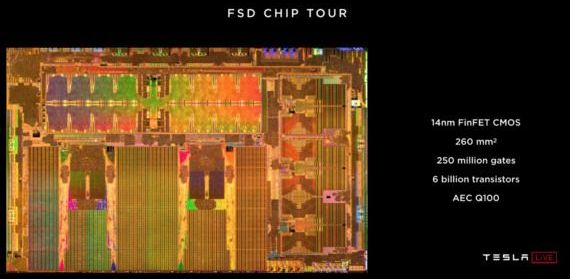
Tesla Dojo Supercomputer Explained — How To Make Full Self-Driving AI
Special thanks to Lieuwe Vinkhuyzen for checking that this very simplified view on building neural nets did not stray too far from reality.
The inhabitants of the Tesla fanboy echo chamber have heard regularly about the Tesla Dojo supercomputer, with almost nobody knowing what it was. It was first mentioned, that I know of, at Tesla Autonomy Day on April 22, 2019. More recently a few comments from Georg Holtz, Tesmanian, and Elon Musk himself have shed some light on this project.
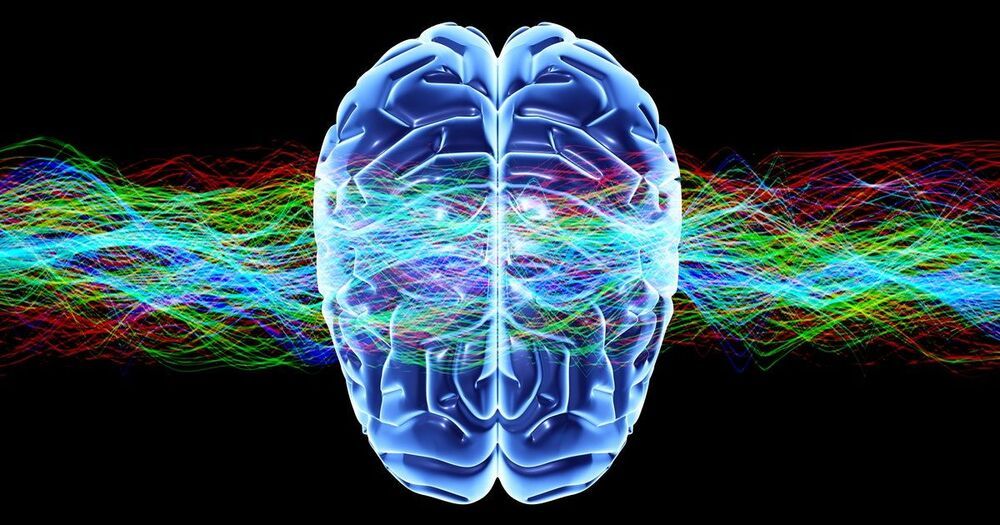
3 Profound Impacts Exercise Has on The Brain
Here are just a few ways exercise changes the structure of our brain.
Memory
Many studies suggest that exercise can help protect our memory as we age. This is because exercise has been shown to prevent the loss of total brain volume (which can lead to lower cognitive function), as well as preventing shrinkage in specific brain regions associated with memory. For example, one magnetic resonance imaging (MRI) scan study revealed that in older adults, six months of exercise training increases brain volume.
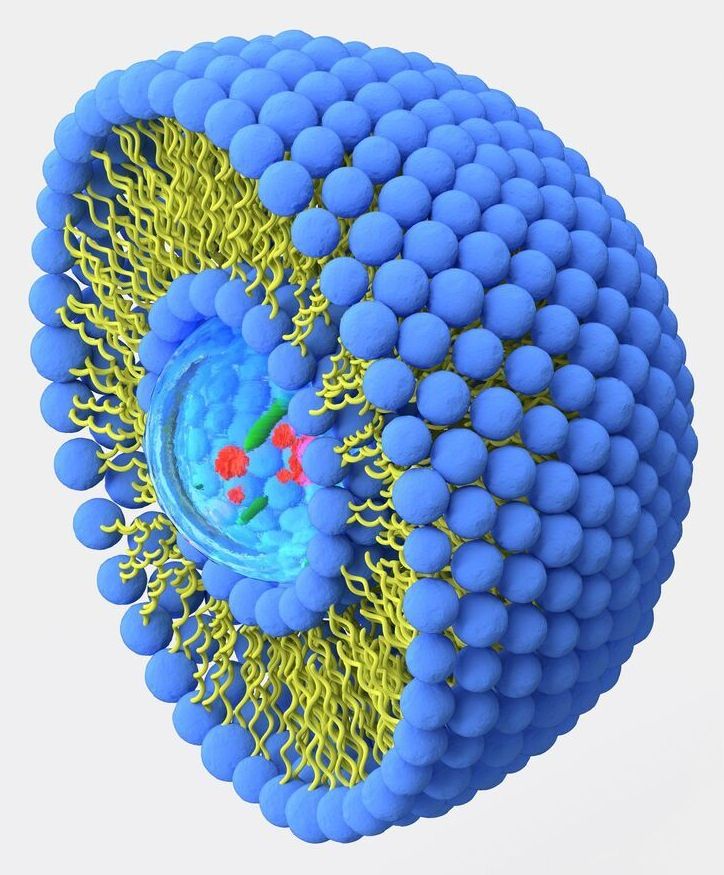
UNSW team taps light-activated liposomes for safer CRISPR delivery
Researchers in Australia are shining a spotlight on a safer delivery method for targeted CRISPR gene therapies—and they’re using literal illumination to pull it off.
Scientists and biomedical engineers from the University of New South Wales Sydney say they’ve developed a light-sensitive liposome that can ferry CRISPR molecules to specific sites in the body. When hit with LED light, the liposomes unleash their CRISPR payloads to hunt down faulty genes.
The CRISPR-Cas9 gene-editing tool consists of a guide RNA that homes in on a target in the DNA, and the Cas9 enzyme, which cuts the DNA much like a pair of molecular scissors. A slate of companies is exploring the technology to treat cancer and even blindness, but the therapy is traditionally delivered using viruses, which can themselves spur unwanted immune responses and other side effects.
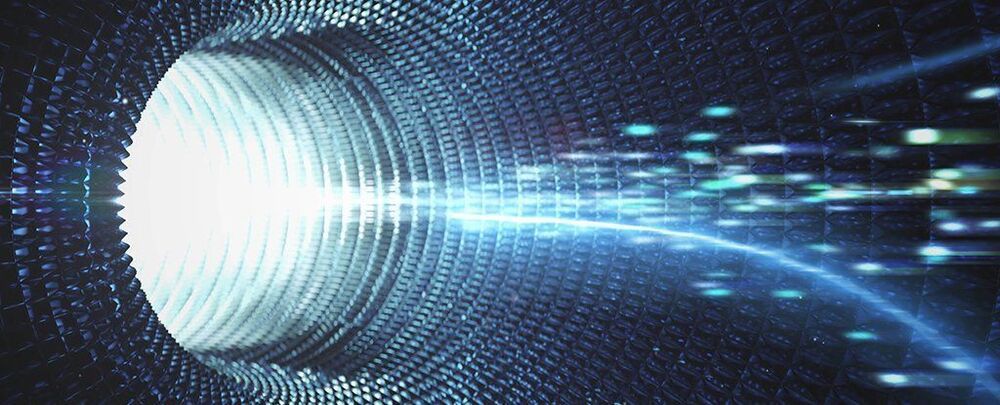
This Weird, Cheap Quantum Device Can Run For a Year With a Single Kick of Energy
As our need for electronic gadgets and sensors grows, scientists are coming up with new ways to keep devices powered for longer on less energy.
The latest sensor to be invented in the lab can go for a whole year on a single burst of energy, aided by a physics phenomenon known as quantum tunnelling.
The tunnelling aspect means that with the help of a 50-million-electron jumpstart, this simple and inexpensive device (made up of just four capacitors and two transistors) can keep going for an extended period of time.
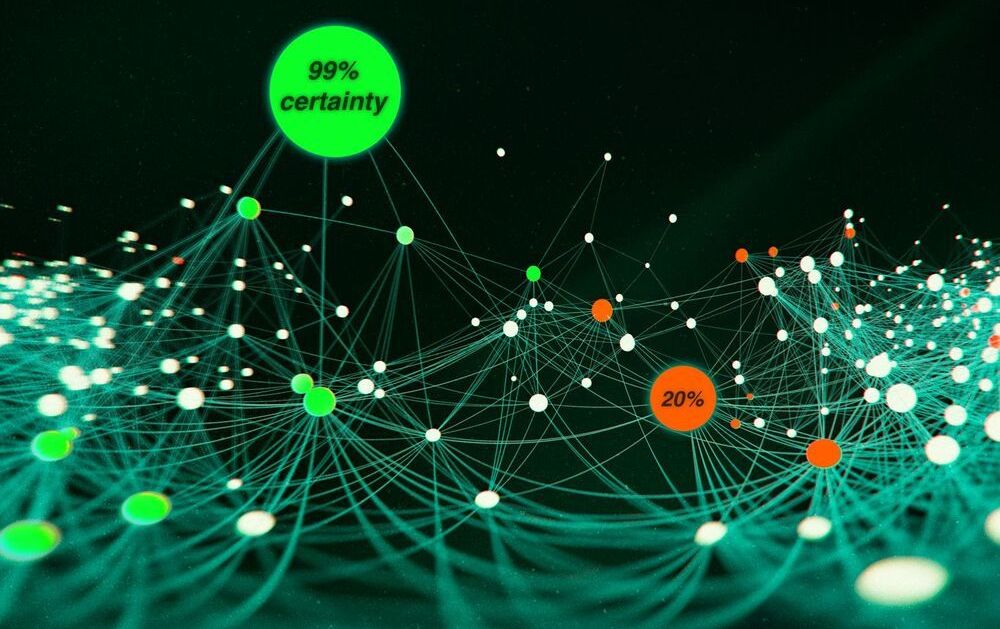
The Driest Place on Earth Could Help Predict How Life Might Be Surviving on Mars
In the next few years, Mars will be visited by three new rovers, the Perseverance, Tianwen-1, and Rosalind Franklin missions. Like their predecessors – Pathfinder and Sojourner, Spirit and Opportunity, and Curiosity – these robotic missions will explore the surface, searching for evidence of past and present life. But even after years of exploring, an important question remains: where is the best place to look?
To date, all attempts to find evidence of life on the surface have yielded nothing, owing to the fact that the Martian environment is extremely cold, desiccated, and irradiated. According to a new study by an international team of researchers led by Cornell University and the Centro de Astrobiología in Madrid, the Atacama desert in the mountains of Chile could hold the answer.
Located in northern Chile and ranging in elevation from 2,400 meters (7,900 feet) to 4,800 m (15,700 ft), the Atacama plateau desert is the driest region on the planet. Because of its elevation and negligible cloud cover, this region is an ideal place for astronomical studies, which is why the European Southern Observatory (ESO) operates three major observatories there – La Silla, Paranal, and Llano de Chajnantor.